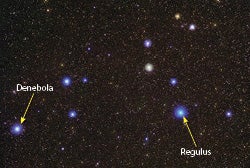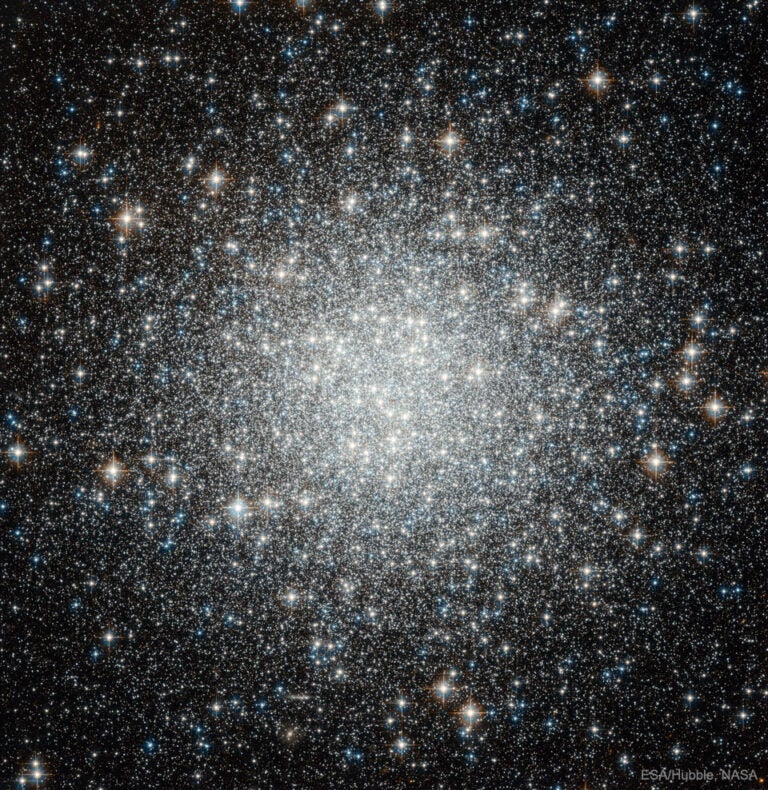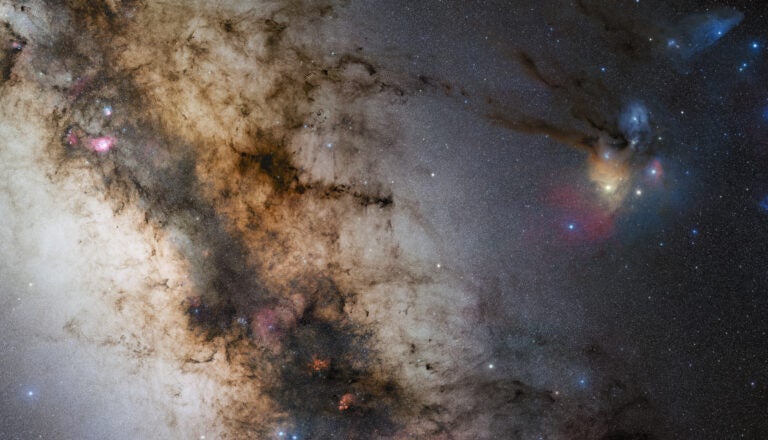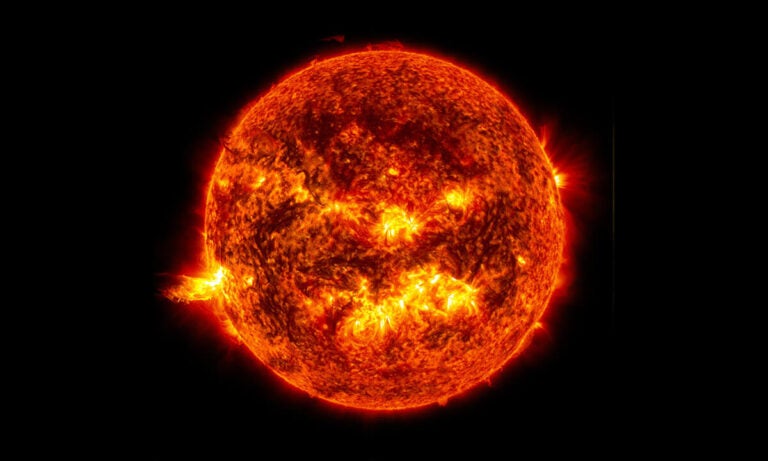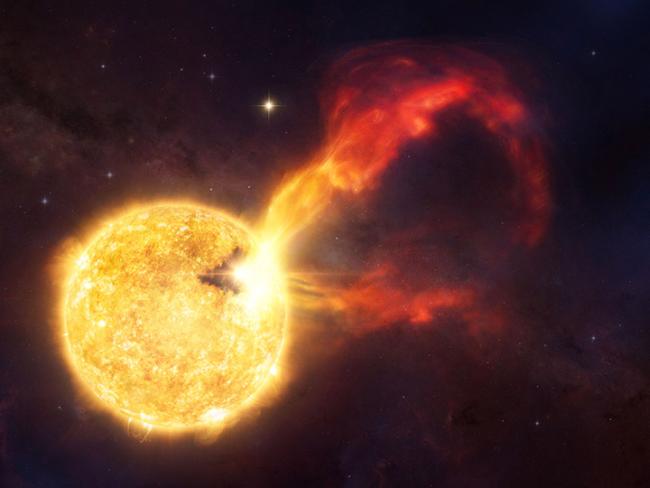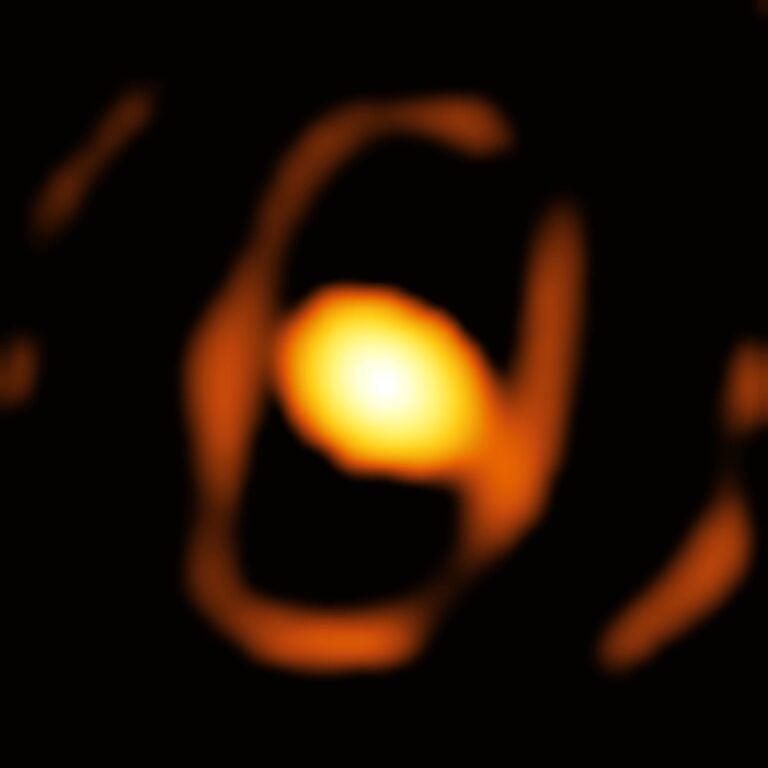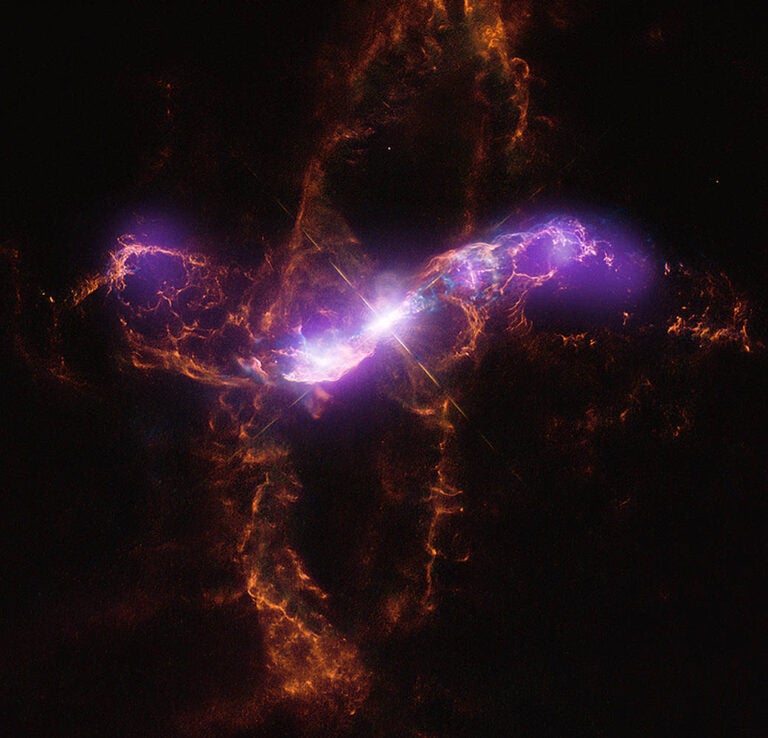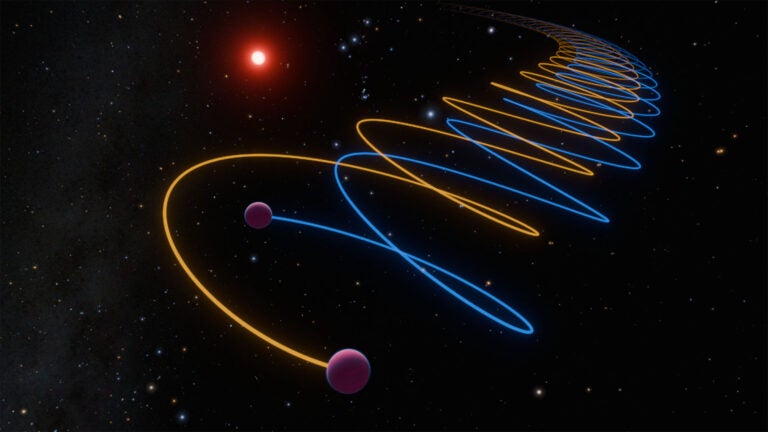Denebola
(36 light-years)
Denebola (Beta [β] Leonis) is one of a quarter of stars that make up the Virgo Diamond featured in last month’s column. The photons striking your retinas as you gaze at this star left in 1980, the same year the video game Pac-Man debuted in arcades in Japan and The Empire Strikes Back opened in American movie theaters. Mount St. Helens in Washington erupted, killing more than 50 people and devastating hundreds of square miles of forest.
Regulus
(80 light-years)
The winds of war were beginning to sweep across the world when the light you see tonight from Regulus (Alpha [α] Leonis) started its journey in 1936. Hitler’s Germany violated the Treaty of Versailles by reoccupying the Rhineland. Italy, under Benito Mussolini, conquered Ethiopia, and war between imperial Japan and China was imminent.
Cor Caroli
(110 light-years)
Another Great Diamond star (I covered the remaining two, Arcturus [37 light-years] and Spica [250 light-years], in my July column) is Cor Caroli (Alpha Canum Venaticorum). When you peer through your telescope at this delightful double star, you’re looking at light that left around 1906, the year of the great San Francisco earthquake. Since Cor Caroli’s actual distance has a leeway of plus or minus four years, we also can include the first flight of an airplane by the Wright Brothers at Kitty Hawk, North Carolina, in 1903 and Einstein’s announcement of his special theory of relativity (think E=mc2) in 1905.
(180 light-years)
Low in the southwest sky after sunset during May is the star Alphard (Alpha Hydrae). Because it’s in a rather star-poor area, it seems brighter than its listed magnitude of 2.0. A lot of history and technological innovation was happening when Alphard’s light left sometime during the latter part of the 1830s. In 1836, the Mexican army, led by Gen. Antonio Lopez de Santa Anna, defeated a small band of Texas volunteers at the Alamo. The following year, 18-year-old Victoria became queen of Great Britain. Naturalist Charles Darwin had started working on his theory of natural selection, and Samuel Morse publically demonstrated the electric telegraph in 1838. And in 1839, French inventor Louis Daguerre publicly revealed the first practical photographic process, called the Daguerrotype.
In my May 2015 column (“Runaway star”), I featured Barnard’s Star, noted for its rapid proper motion. In response, Robert Vanderbei of Princeton University emailed: “I’ve been taking images of Barnard’s Star a few times per year for the past three years. The proper motion is apparent (and easy to measure). By taking spring and fall images, I also can measure its parallax.” You can see his images at http://tinyurl.com/BarnardStar.
Since we’re on the topic of cosmic distance and I’ve placed the spotlight on Vanderbei, I urge you to look into his book Sizing Up the Universe: The Cosmos in Perspective (National Geographic, Washington D.C., 2010), co-written with fellow Princeton professor Richard Gott. In this lavishly illustrated work, the authors discuss apparent and then actual sizes of celestial objects, from Buzz Aldrin’s footprint on the Moon to the entire visible universe.
In my June 2010 column (“Our galaxy in a nutshell”), I “sized down” the Milky Way by reducing it to the dimensions of the United States. The idea for that column came from astronomer Joseph Caruso. He has since published Traveling the Sea of Night: Understanding Time and Distance in the Universe (Bear Publishing, Yreka, California, 2015), in which he helps the reader understand the concepts of cosmic distance, size, and time through instructions on how to make simple scale models and timelines using items found around the house. Whether you’re an armchair astronomer, avid observer, or science educator, these two books belong in your collection.
Questions, comments, or suggestions? Email me at gchaple@hotmail.com. Next month: a successful library telescope program. Clear skies!


